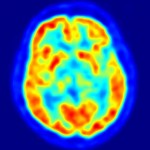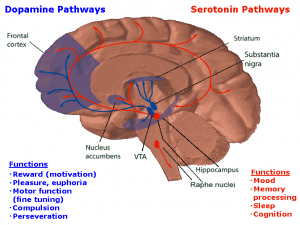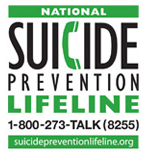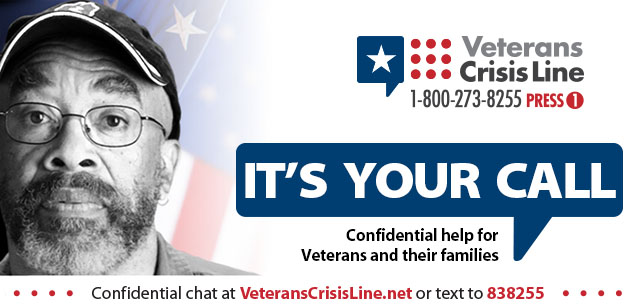Podcast: Play in new window | Download
What desires do you want to achieve in 2014? Growth in getting a handle on PTSD? Healing a relationship? Starting a business? Overcoming a fear that has been holding you back? Dealing with a difficult work or home relationship? Whatever it is, there is a set of goals and tools that can help you achieve your desires–one goal at a time.
2013 had some great moments. It also had some challenging moments. In 2104 we can START to turn our desires into tangible goals?
In this episode we will:
- Explain why we have not had a show for the last three weeks.
- Discuss: What We See Vs. What is Going On Inside
- Explore how to begin to turn our dreams into reality using the START process – A New Direction in 2014!
Why was there no show for three weeks?
A few days after our last December show I had a heart attack. It was a mild heart attack, as far as those things go. I was blessed to be out of the hospital on Christmas eve. It is good to be back!
START A New Direction In 2014!
A summery of START:
- Set goals: discussed below
- Tools: people, training, books, resources, equipment, techniques
- Action Plan: who, what when, where and how
- Run: Just do it!
- Test: Ask the question: Am I achieving my goals? Am I getting closer to achieving my objectives/desires? If not, what needs to change?
Set Goals:
- Outcome and/or Performance
- Specific
- Measurable,
- Time Sensitive,
- Written and Shared
See the blog posts s on Change: part 1; part 2; part 3 for more information on the start process.
Our “issues” do not have to get the best of us in 2014. There is hope and help. We can take action and set goals in the Physical, Psychological and Spiritual aspects of our lives. Let me know if you would like assistance turning your desires into goals. Contact me: David@HealingTheWoundsOfWar.com
Question: Do you have a goal you would like to share with the community?






